Stereochemistry Quiz: Test Your Knowledge

Stereochemistry, a cornerstone of organic chemistry, explores the intricate spatial arrangements of atoms within molecules and the profound impact these arrangements have on molecular properties and interactions. This Stereochemistry Quiz delves into the fascinating world of three-dimensional molecular structures, challenging your understanding of fundamental stereochemical concepts.
We will learn about the concept of chirality, where molecules exist as non-superimposable mirror images, and delve into the various types of isomers, including enantiomers and diastereomers, which possess unique configurations and exhibit distinct properties. Furthermore, we will examine different methods of visualizing and representing these molecules, such as Fischer projections Read moreand Newman projections, to enhance your understanding of their spatial relationships.
Stereochemistry Questions and Answers
- 1.
Is the molecule shown chiral or achiral?
- A.
Chiral
- B.
Achiral
Correct Answer
B. AchiralExplanation
The molecule shown is achiral because it has a plane of symmetry. Here’s a breakdown:
Symmetry: The cyclobutane ring has two hydroxyl groups (-OH) attached at equivalent positions. If you imagine cutting the molecule vertically down the middle, the two halves are mirror images of each other.
Superimposability: For a molecule to be chiral, it must lack internal symmetry, and its mirror image must not be superimposable on the original. In this case, since the molecule can be divided into two identical halves, it is superimposable on its mirror image.
Therefore, the presence of this internal plane of symmetry makes the molecule achiral.Rate this question:
-
- 2.
Is the molecule shown chiral or achiral?
- A.
Chiral
- B.
Achiral
Correct Answer
B. AchiralExplanation
The molecule shown is achiral. Here's why:Double bond constraint: The molecule has a double bond between two carbon atoms, which restricts rotation around the bond. The two hydrogens attached to the leftmost carbon are identical.Symmetry: For chirality, the carbon at the stereocenter (the carbon attached to four different groups) must have four distinct substituents. In this case, the left side of the molecule has two identical hydrogen atoms attached to the same carbon, making it symmetric.Since the molecule has symmetry and lacks four distinct groups around the potential stereocenter, it is achiral.Rate this question:
-
- 3.
Is the molecule shown chiral or achiral?
- A.
Chiral
- B.
Achiral
Correct Answer
A. ChiralExplanation
This molecule is chiral.Here's why:
Chiral Center: The central carbon atom is attached to four different groups:
-CH<sub>2</sub>OH
-CO<sub>2</sub>H
-CO<sub>2</sub>H
-H
No Plane of Symmetry: You cannot draw any plane through this molecule that would create mirror image halves.
Important Note: Even though there are two -CO<sub>2</sub>H groups, their spatial arrangement around the central carbon makes them distinct in this 3D structure. This lack of symmetry is what makes the molecule chiral.Rate this question:
-
- 4.
Is the molecule shown chiral or achiral?
- A.
Chiral
- B.
Achiral
Correct Answer
B. AchiralExplanation
The molecule shown is achiral.
Here's why:
Plane of Symmetry: If you draw a plane vertically through the molecule, it divides the structure into two identical halves that are mirror images of each other. This plane of symmetry means the molecule is not chiral.
Key Concept: A chiral molecule is non-superimposable on its mirror image (like your left and right hands). Achiral molecules are superimposable in their mirror images.
Rate this question:
-
- 5.
Is the molecule shown chiral or achiral?
- A.
Chiral
- B.
Achiral
Correct Answer
A. ChiralExplanation
The molecule shown is chiral. Here's why:
Definition of chirality: A chiral molecule cannot be superimposed on its mirror image, meaning it has a unique three-dimensional structure. This distinctiveness arises when a carbon atom is bonded to four different substituents, creating a stereocenter.
Lack of symmetry: In chiral molecules, no plane of symmetry exists that divides the molecule into two identical halves. In this case, the arrangement of the substituents creates an asymmetrical shape, confirming that it is chiral.
Thus, due to the presence of a stereocenter and the absence of symmetry, the molecule is classified as chiral.Rate this question:
-
- 6.
Which of the following terms best describes the pair of compounds shown: enantiomers, diastereomers, or the same compound?
- A.
Enantiomers
- B.
Diastereomers
Correct Answer
A. EnantiomersExplanation
The pair of compounds shown are enantiomers. Here's why:
Definition of enantiomers: Enantiomers are molecules that are mirror images of each other but cannot be superimposed. They possess the same molecular formula and connectivity but differ in their spatial arrangement around a chiral center.
Superimposition test: When attempting to superimpose one compound over the other, they do not align perfectly due to differences in orientation, confirming that they are enantiomers.
Thus, the compounds are identified as enantiomers because they exhibit this mirror-image relationship and are not superimposable.Rate this question:
-
- 7.
How many asymmetric carbons are present in the compound below?
- A.
1
- B.
3
Correct Answer
A. 1Explanation
There is only one asymmetric carbon in the compound. Here's why:
Definition of an asymmetric carbon: An asymmetric carbon, or chiral carbon, is a carbon atom bonded to four distinct groups, leading to chirality. To identify asymmetric carbons, one must examine each carbon in the structure and determine if it is attached to four different substituents.
Analysis of the compound: In this particular compound, careful examination reveals that only one carbon fulfills this requirement. Therefore, it is classified as the only asymmetric carbon, confirming the answer as 1.Rate this question:
-
- 8.
How many asymmetric carbons are present in the compound below?
Correct Answer
5Explanation
The compound contains five asymmetric carbons. Here's the reasoning:
Definition of an asymmetric carbon: An asymmetric carbon, or chiral carbon, is defined as a carbon atom attached to four distinct groups. To determine the number of asymmetric carbons, one must carefully analyze each carbon in the molecule to check if it connects to four different substituents.
In this compound, all five carbon atoms in the main chain meet this criterion, as each one is attached to four different groups. Hence, the total number of asymmetric carbons is confirmed to be 5.Rate this question:
- 9.
How many enantiomers are there of the molecule shown below?
- A.
6
- B.
0
Correct Answer
B. 0Explanation
There are no enantiomers of the molecule shown. Here's why:
Lack of chiral centers: For a molecule to have enantiomers, it must contain at least one chiral center (a carbon atom bonded to four different groups). In the molecule provided, there are no such asymmetric carbons.
Symmetry: The molecule likely has a plane of symmetry or some form of internal symmetry, which makes it achiral. Symmetrical molecules do not have non-superimposable mirror images.
Since the molecule lacks chiral centers and has symmetry, it does not have any enantiomers, making the correct answer 0.Rate this question:
-
- 10.
Which of the following terms best describes the pair of compounds shown: enantiomers, diastereomers, or the same compound?
- A.
Enantiomers
- B.
Diastereomers
Correct Answer
A. EnantiomersExplanation
The pair of compounds shown are enantiomers. Here's why:
Non-superimposable mirror images: The two compounds are mirror images of each other, but they cannot be superimposed. This is the defining characteristic of enantiomers.
Stereocenters: Each compound contains one or more stereocenters (chiral carbons), with the spatial arrangement of groups around these centers being opposite in each molecule.
Same connectivity, different spatial arrangement: Both compounds have the same molecular connectivity but differ in the three-dimensional arrangement of their atoms.
Since they are non-superimposable mirror images with chiral centers, the pair of compounds are classified as enantiomers.Rate this question:
-
Quiz Review Timeline +
Our quizzes are rigorously reviewed, monitored and continuously updated by our expert board to maintain accuracy, relevance, and timeliness.
-
Current Version
-
Oct 15, 2024Quiz Edited by
ProProfs Editorial Team
Expert Reviewed by
Zohra Sattar Waxali -
Mar 20, 2011Quiz Created by
Mdrickicki
 Back to top
Back to top



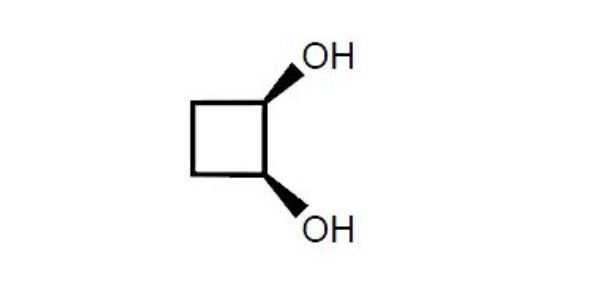
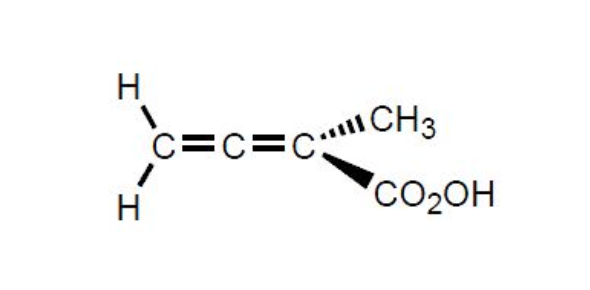
.webp)
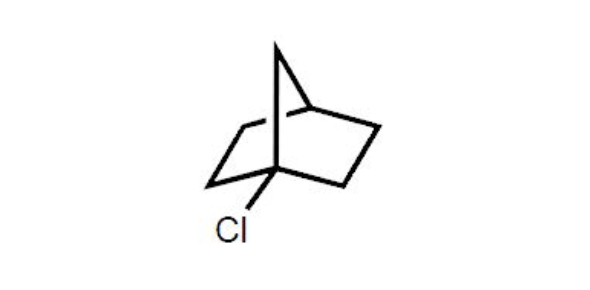
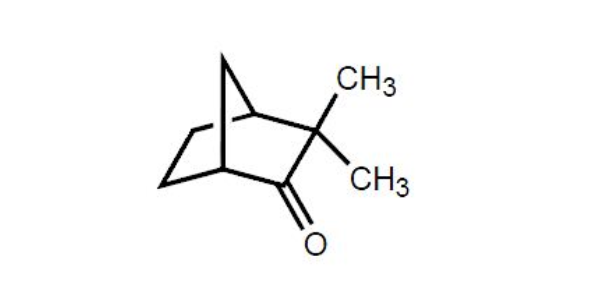
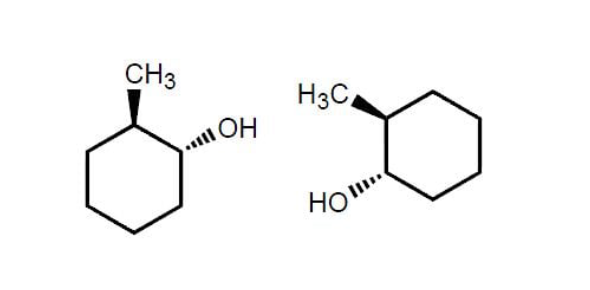
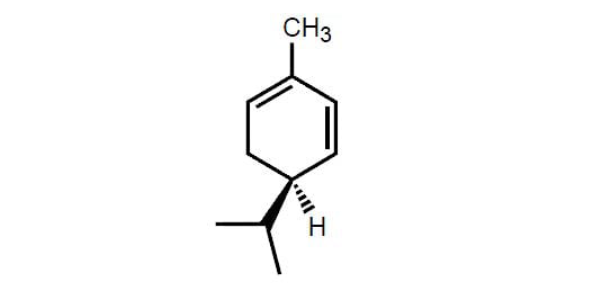

.webp)
.webp)